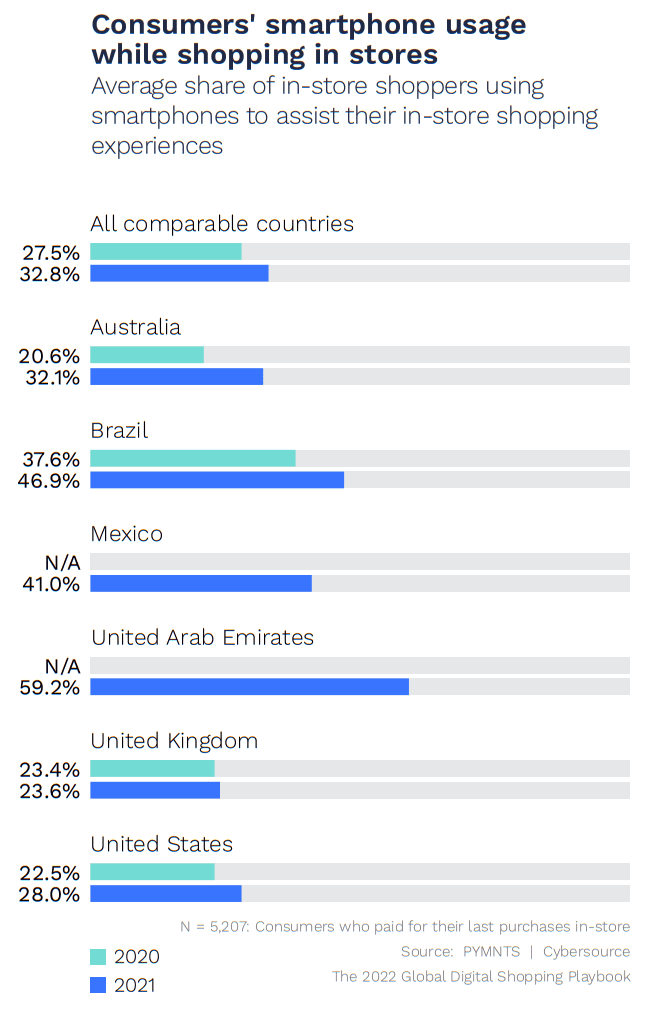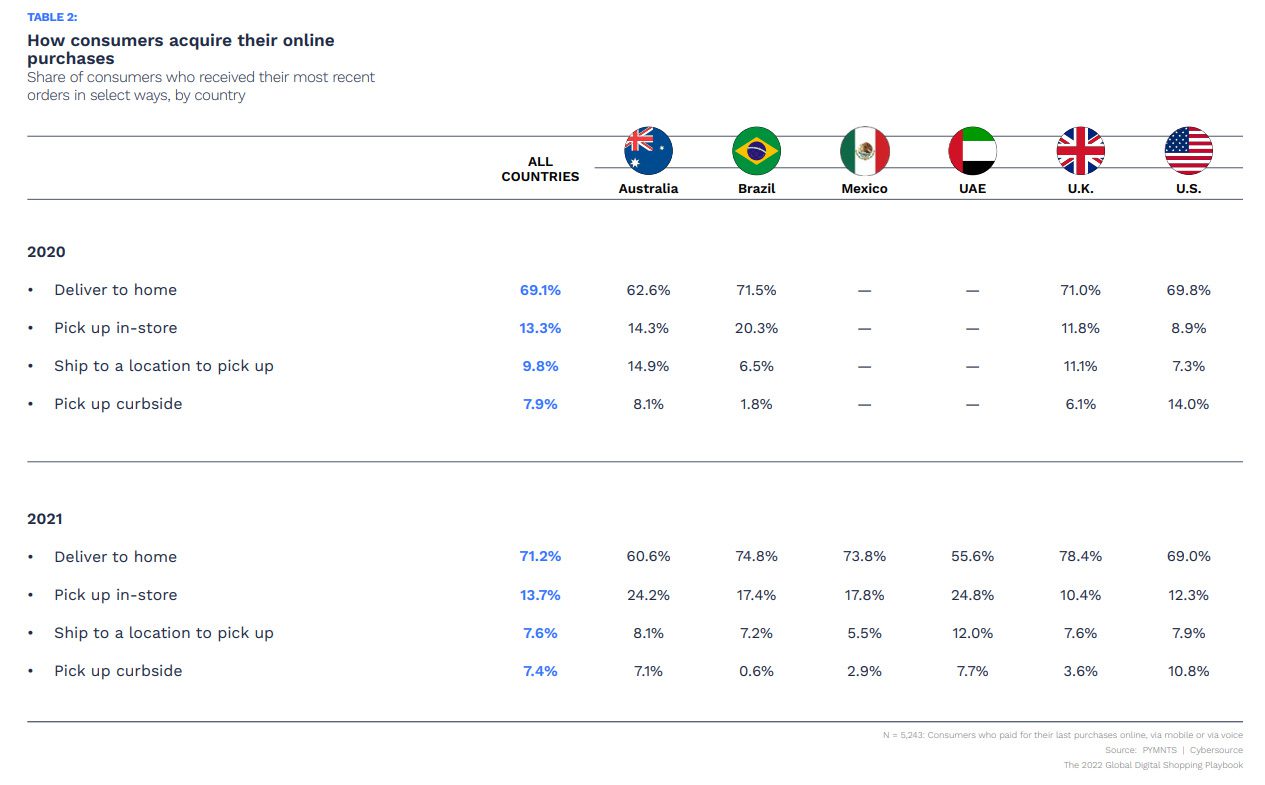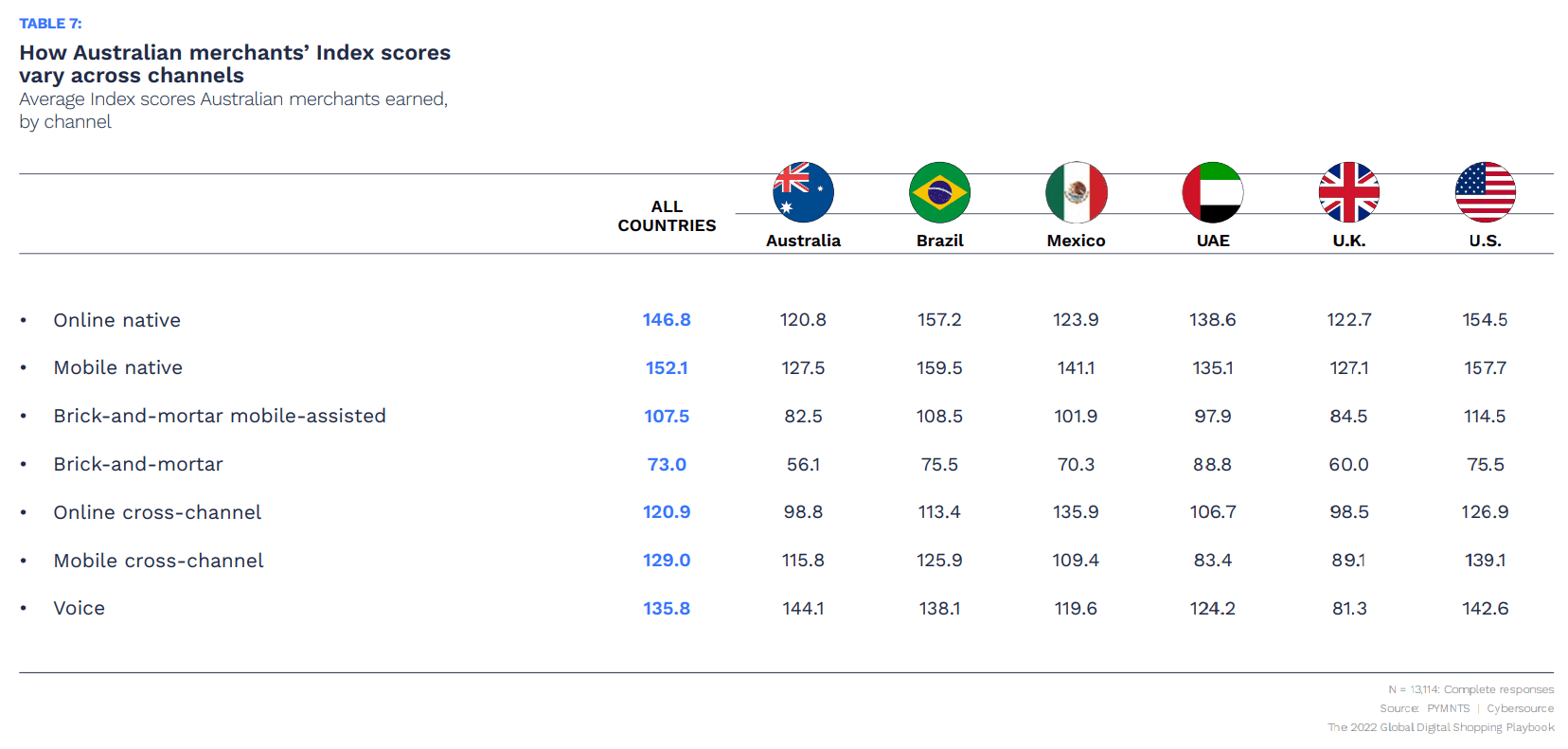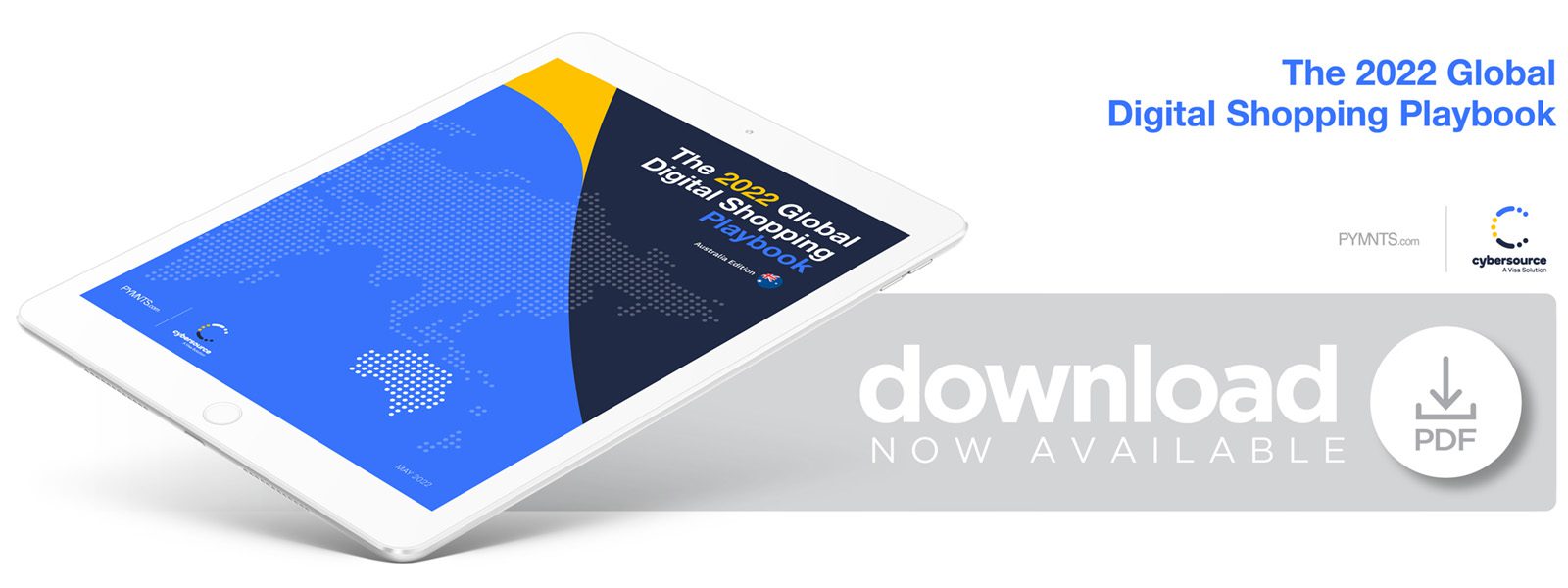The Data Point: Now Hear This — Voice Recognition Cut Australian Shopping Friction by 89%
Australia is both leading and lagging when it comes to the digital transformation of shopping, as the nation that arguably ignited the current buy now, pay later boom contends with steep inflation and puzzling cutbacks of some pandemic-era services.
It’s a fascinating market to study, as we find in The 2022 Global Digital Shopping Playbook: Australia Edition, a PYMNTS and Cybersource collaboration. Surveying over 2,000 Australian consumers and more than 600 Australian businesses, we’ve assembled a series of valuable data points on the progress of digital payments and omnichannel shopping down under.
Get Your Copy: The 2022 Global Digital Shopping Playbook: Australia Edition

- 32% of local brick-and-mortar shoppers used smartphones to enhance their experience
Smartphone-assisted shopping is hot and getting hotter in this diverse nation, with the latest research finding that “one million more Australian consumers used their mobile phones for shopping in 2021 than in 2020. Most used their phones to find product information, compare prices, earn rewards and checkout using an app.”
In total, 43% of Australian shoppers pulled out smartphones while on their most recent retail excursion, “whether to purchase products via an app, pay using a mobile wallet at the brick-and-mortar point of sale or otherwise. This means that an estimated one million more local shoppers used smartphones at one point during their most recent retail experiences in 2021 than in 2020 — a 47% increase.”

- 69% more Australian eCommerce shoppers picked up online orders in-store in 2021
Called “click and collect” in Australia, curbside and BOPIS are popular with consumers there, as “roughly three in 10 Australian shoppers now use click-and-collect. Nearly four in 10 Australian shoppers who use click-and-collect buy more from those stores when they do,” we found.
According to the data, 69% more Australian eCommerce shoppers — a projected 301,700 more consumers — picked up their most recent eCommerce orders in-store in 2021 versus 2020.
Per the study, “This pickup method has implications that extend beyond convenience and customer service: 38% of the eCommerce shoppers in Australia who picked up their most recent eCommerce purchases in-store often or always bought more products while picking up in-store.”

- Voice-recognition reduced Australian consumers’ shopping friction by 89% in 2021
Proving that merchants’ digital investments are paying off, voice recognition is making shopping experiences more kinetic and engaging for Australian consumers by first reducing friction, which according to our research it did in 2021 — by a towering 89%.
“Australian merchants that allow shoppers to make purchases via voice-recognition technology offer the most frictionless voice-enabled shopping experiences of any country we studied, earning an average Index score of 144,” the study states. “It is therefore clear that integrating voice-enabled commerce and mobile-based cross-channel capabilities can help Australian merchants future-proof their businesses for the increasingly connected global economy.”
See It Now: The 2022 Global Digital Shopping Playbook: Australia Edition
